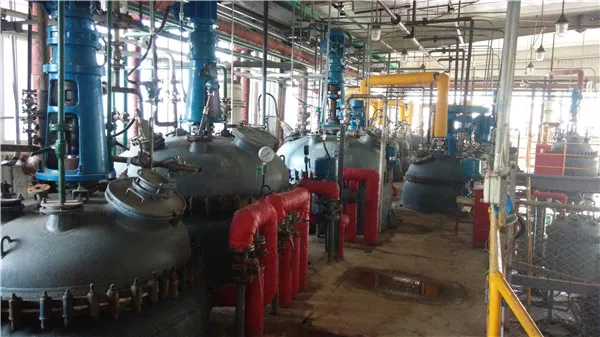Chemicals Used in Wastewater Treatment
Wastewater treatment is a critical process that safeguards our environment and public health by removing contaminants from sewage and industrial effluents. To achieve effective purification, various chemicals are employed throughout the treatment process, each serving a specific purpose in breaking down pollutants and making water safe for release or reuse.
One of the primary chemical groups used in wastewater treatment is coagulants. Coagulants, such as aluminum sulfate (alum) and ferric chloride, are essential for the initial phase of treatment, where they facilitate the aggregation of suspended particles. This process, known as coagulation, helps to form larger clusters, or flocs, which can then be easily removed from the water through sedimentation. The use of coagulants significantly improves the efficiency of subsequent filtration and biological treatment stages.
Another important category of chemicals used in wastewater treatment is flocculants. Flocculants, including polyacrylamides, enhance the sedimentation process by aiding the formation and settling of flocs. These polymers bind together smaller particles that do not settle efficiently, creating larger masses that can be removed more easily. By employing flocculants, treatment plants can reduce the amount of sludge produced, increasing the efficiency and economy of the operation.
chemicals used in wastewater treatment

Disinfection is a vital step in wastewater treatment, and various chemicals are used to eliminate pathogenic microorganisms. Chlorine is one of the most widely used disinfectants, effective in killing bacteria, viruses, and protozoa. However, the formation of harmful disinfection byproducts (DBPs) during chlorination has raised concerns, leading to the exploration of alternative disinfectants such as ozone and ultraviolet (UV) radiation. Ozone is a potent oxidizing agent that can effectively inactivate pathogens without leaving harmful residue, while UV treatment effectively disrupts the DNA of microorganisms, ensuring safe effluent.
pH adjustment is another crucial aspect of effluent treatment, as the acidity or alkalinity of water can significantly affect the performance of biological treatment processes. Chemicals like sodium hydroxide or sulfuric acid are commonly used to adjust pH levels to optimal ranges, thus enhancing the efficiency of microbial activity in biological treatment systems.
Nutrient removal is essential in preventing eutrophication in receiving water bodies. Chemicals such as ferric chloride and alum are used to precipitate phosphorus, while nitrification and denitrification processes can be chemically aided by alkalinity sources, ensuring nitrogen removal from the effluent.
In conclusion, the use of chemicals in wastewater treatment is essential to achieving clean, safe water for discharge or recycling. By utilizing coagulants, flocculants, disinfectants, pH adjusters, and nutrient removal agents, treatment facilities can effectively manage and mitigate the impact of wastewater on the environment. As technology and regulations continue to evolve, ongoing research and development will likely lead to even more efficient and sustainable chemical solutions for wastewater treatment. Thus, a balanced approach to chemical usage is vital for protecting human health and the ecosystem.

